The United States energy system is a complex and diverse network of resources, technologies, and infrastructure that provides the energy necessary to power the nation’s homes, businesses, transportation, and industries. It consists of various energy sources, including fossil fuels, renewable energy, nuclear power, and more. Here’s an overview of the key components of the U.S. energy system:
- Fossil Fuels: a. Oil: The United States is a significant producer and consumer of oil. It is used primarily for transportation (gasoline and diesel) and industrial purposes. b. Natural Gas: Natural gas is used for electricity generation, heating, and industrial processes. The U.S. has extensive natural gas reserves and production.
- Renewable Energy: a. Wind Power: The U.S. has a rapidly growing wind energy sector, with wind turbines generating electricity in many states, particularly in the Midwest and Great Plains. b. Solar Power: Solar photovoltaic systems are increasingly common, especially in sunny states like California and Arizona. c. Hydropower: Hydropower plants, particularly in the Pacific Northwest and Northeast, contribute to the electricity grid. d. Biomass and Biofuels: Biomass and biofuels, derived from organic materials, are used for electricity and transportation fuel.
- Nuclear Power: The U.S. has numerous nuclear power plants that generate a substantial portion of the country’s electricity. However, the growth of the nuclear power sector has slowed in recent years due to concerns about safety and waste disposal.
- Coal: Although coal’s role in the U.S. energy system has diminished due to environmental concerns and market forces, it still contributes to electricity generation in some regions.
- Electricity Grid: The U.S. has a vast and interconnected electricity grid comprising transmission lines, substations, and distribution systems. The grid facilitates the transport of electricity from power plants to end-users.
- Energy Infrastructure: The U.S. has an extensive network of pipelines for transporting oil and natural gas. Additionally, there are refineries, storage facilities, and LNG (liquefied natural gas) terminals.
- Energy Policy and Regulation: Energy policy is developed and regulated at both the federal and state levels. The federal government sets standards, regulates safety, and influences energy markets, while individual states have varying degrees of control over their energy systems.
- Energy Efficiency and Conservation: Efforts to improve energy efficiency and reduce energy consumption play a crucial role in the U.S. energy system, both in terms of government policies and individual initiatives.
- Research and Development: The U.S. invests in research and development to advance energy technologies and improve energy security. This includes initiatives to develop advanced nuclear reactors, enhance renewable energy technologies, and increase energy storage capacity.
- Environmental Concerns: The U.S. faces environmental challenges related to its energy system, including climate change, air and water pollution, and land use. Transitioning to cleaner energy sources and reducing greenhouse gas emissions are important priorities.
The U.S. energy system is undergoing significant changes, with a growing focus on reducing carbon emissions and increasing the use of renewable energy sources. Federal and state policies, market dynamics, technological advancements, and public awareness are driving this transition toward a more sustainable and resilient energy system.




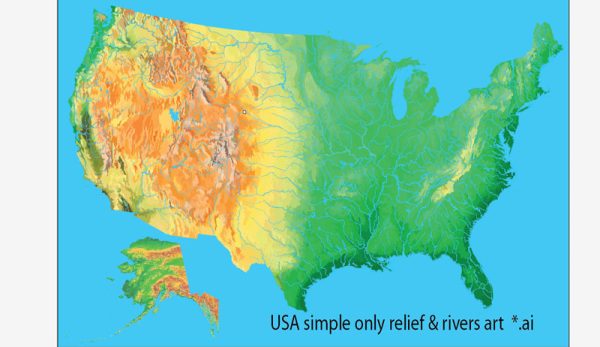
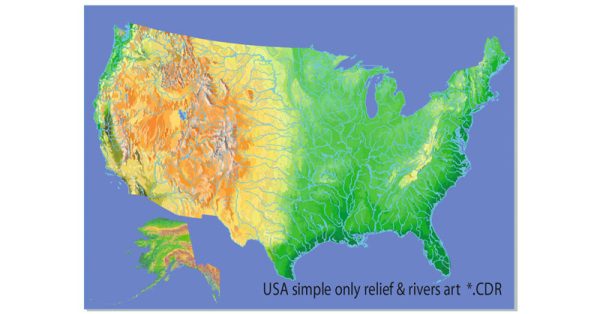
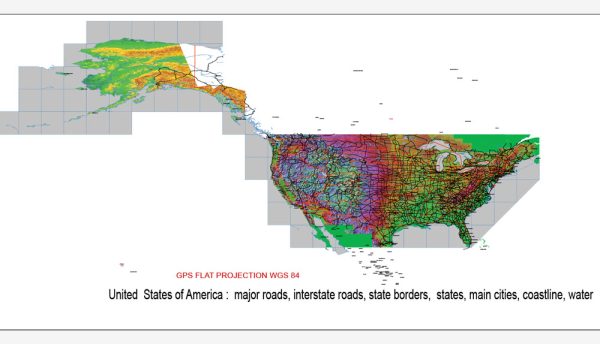
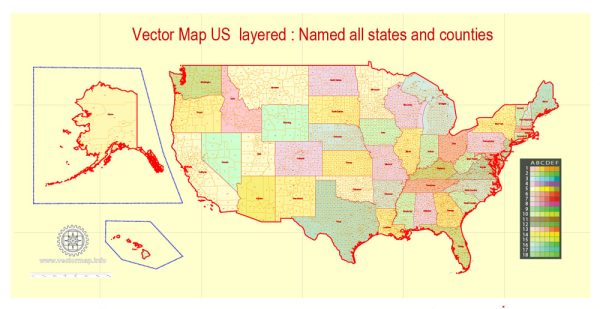
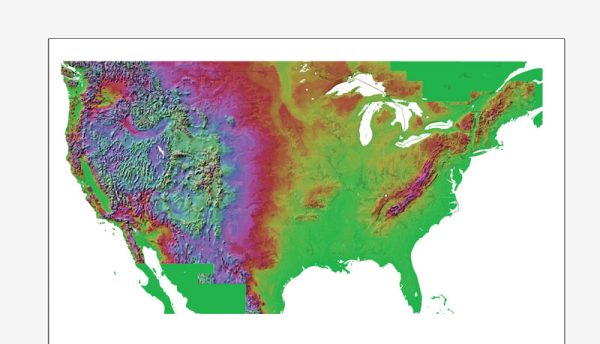
 Author: Kirill Shrayber, Ph.D.
Author: Kirill Shrayber, Ph.D.